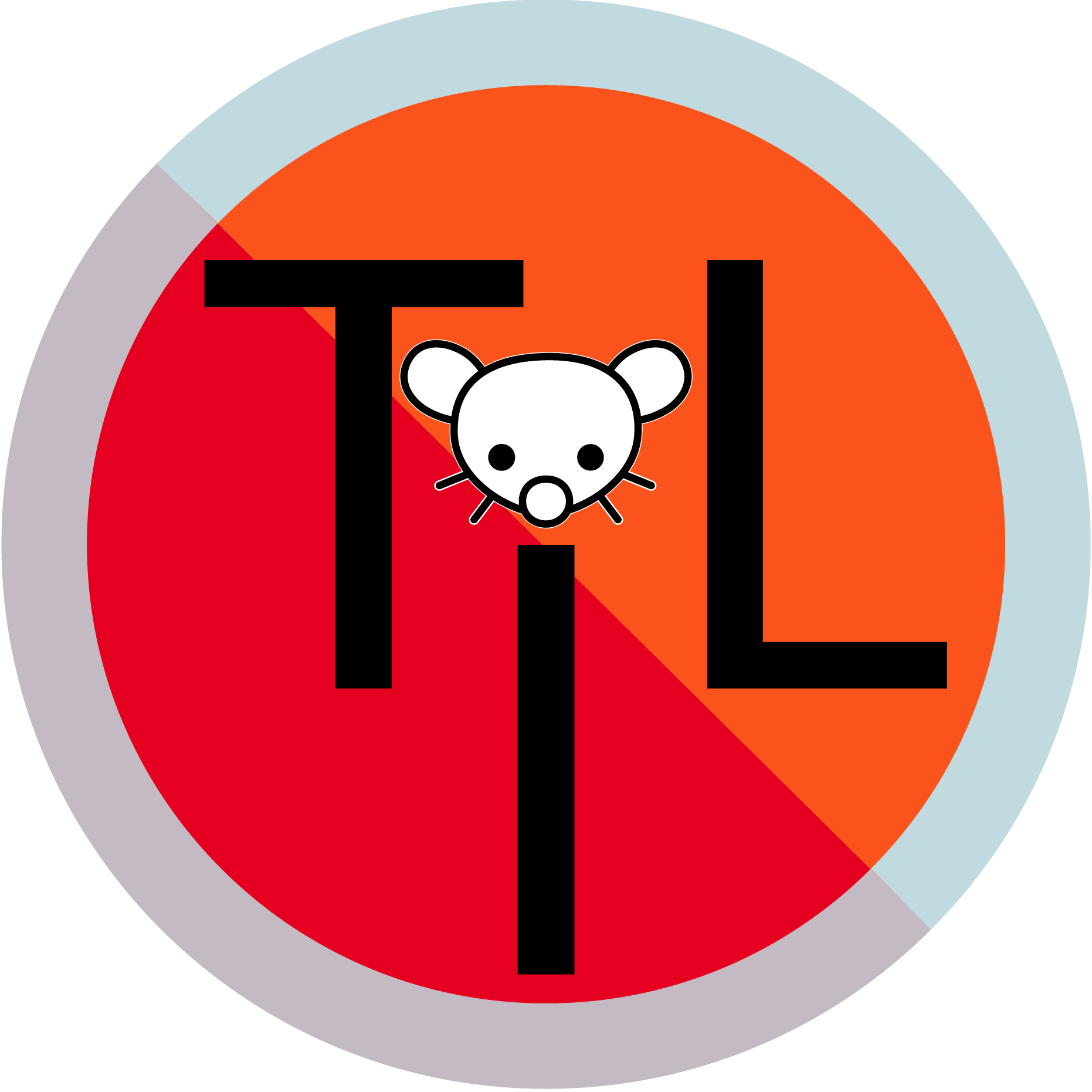

Yes, your fan art infringed on Blizzards copyright. Blizzard lets it slide, because there’s nothing to gain from it apart from a massive PR desaster.
Now if you sold your Arthas images on a large enough scale then Blizzard will clearly come after you. Copyright is not only about the damages occured by people not buying Blizzards stuff, but also the license fees they didn’t get from you.
That’s the real big difference: if Midjourney was a little hobby project of some guy in his basement that never saw the the light of day, there wouldn’t be a problem. But Midjourney is a for-profit tool with the express purpose of allowing people to make images without paying an artist and the way it does that is by using copyrighted works to do so.


They aren’t a technical bug, but an UX bug. Or would you claim that an LLM that outputs 100% non-factual hallucinations and no factual information at all is just as desirable as one that doesn’t do that?
Btw, LLMs don’t have any traditional code at all.